Find Help
More Items From Ergsy search
-

What is a Caesarean birth?
Relevance: 100%
-
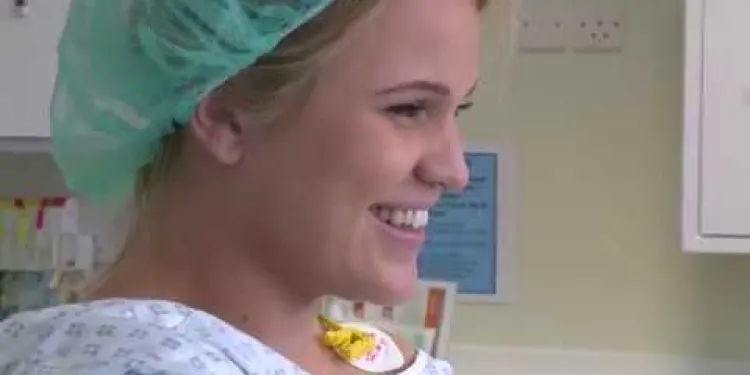
Your Caesarean birth
Relevance: 99%
-

Why might a Caesarean birth be necessary?
Relevance: 87%
-
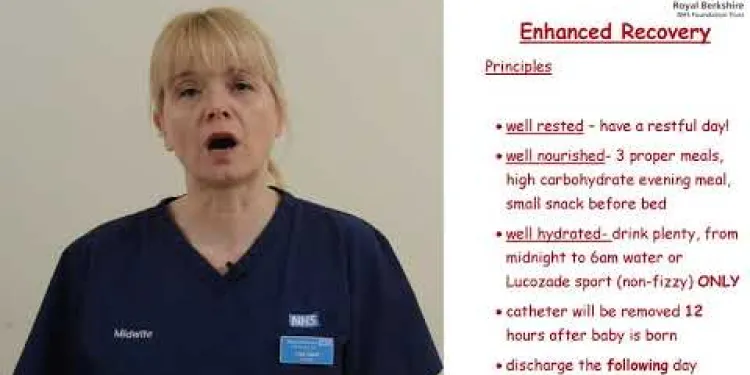
Pre operative Information for Planned Caesarean Birth
Relevance: 86%
-

Can I have a natural birth after a Caesarean section?
Relevance: 77%
-

Can I breastfeed after a Caesarean birth?
Relevance: 76%
-
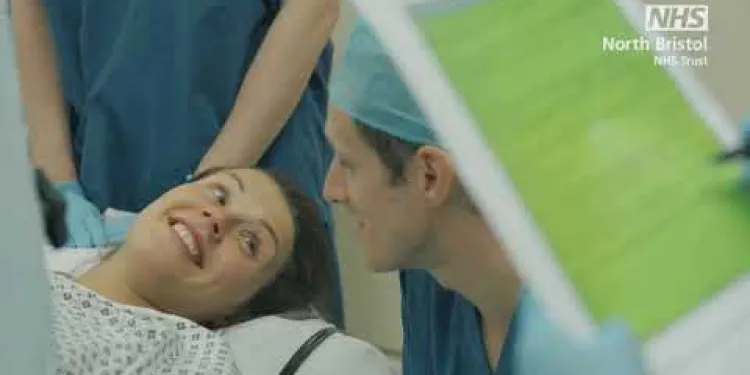
Planned caesarean section
Relevance: 66%
-
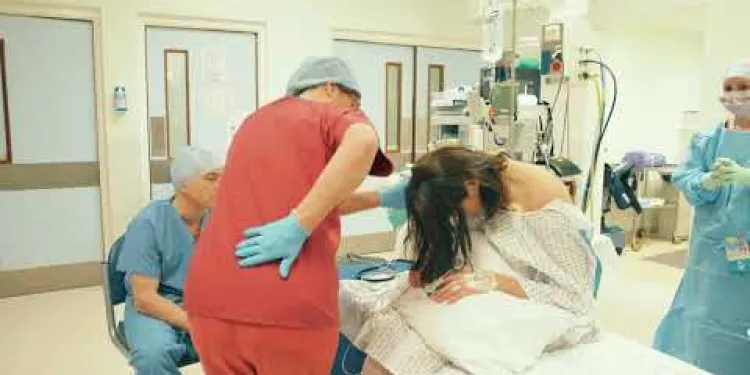
Having a planned caesarean section
Relevance: 66%
-

Having a Caesarean Section
Relevance: 64%
-

Spinal Anaesthesia for Caesarean Section
Relevance: 58%
-

How long does it take to recover from a Caesarean birth?
Relevance: 58%
-
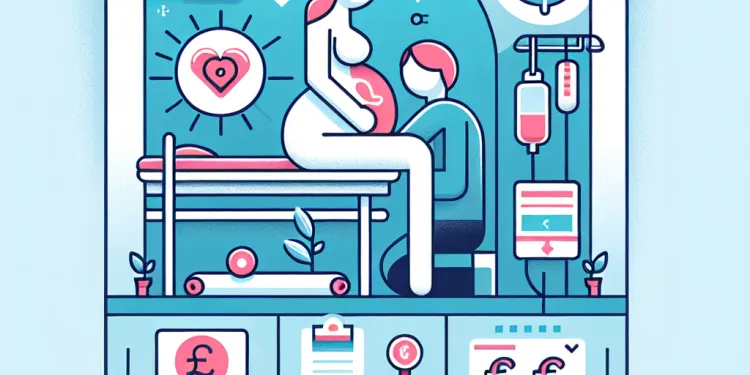
Can my partner be with me during the Caesarean section?
Relevance: 57%
-

Is spinal anaesthesia safe for a Caesarean section?
Relevance: 52%
-

Can I breastfeed immediately after a Caesarean section under spinal anaesthesia?
Relevance: 43%
-
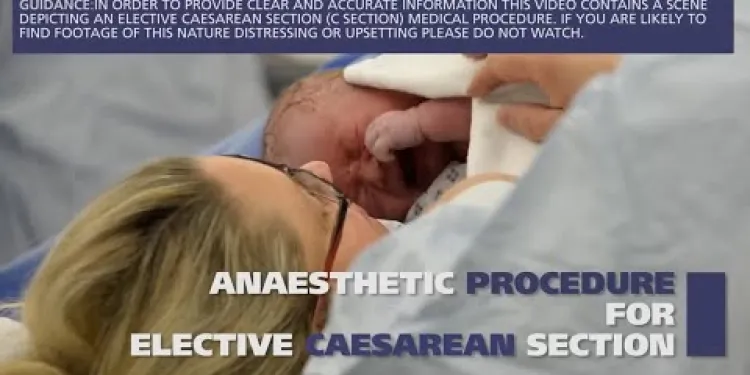
Anaesthetic procedure for elective caesarean section (C section)
Relevance: 39%
-

Is a C-section a common procedure in the UK?
Relevance: 21%
-

HIV and pregnancy | NHS
Relevance: 20%
-
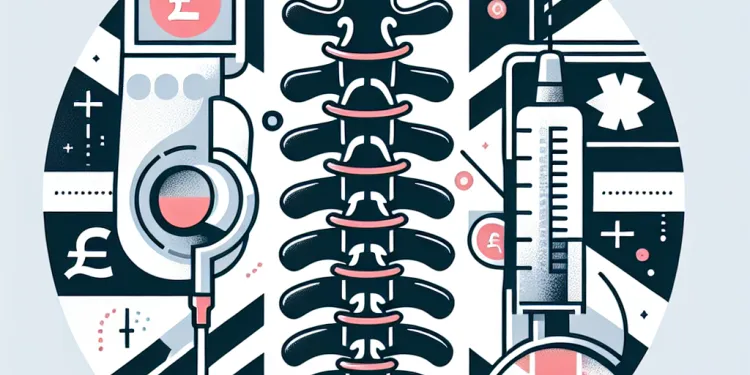
What are the alternatives to spinal anaesthesia for a Caesarean section?
Relevance: 20%
-

Can my partner be present during the C-section?
Relevance: 18%
-
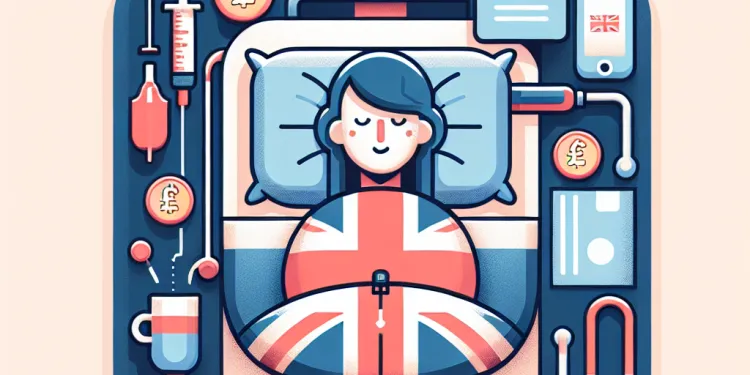
Will I be awake during a C-section?
Relevance: 18%
-

What causes postnatal depression?
Relevance: 17%
-

What are the risks associated with a C-section?
Relevance: 17%
-

Having an epidural in labour at St Michael's Hospital
Relevance: 16%
-

Epidural for labour at North Bristol NHS Trust
Relevance: 15%
-

What is the Sure Start Grant in the UK?
Relevance: 15%
-

Can Zika virus affect pregnancy?
Relevance: 15%
-

What is the Sure Start Grant?
Relevance: 15%
-

How much is the Sure Start Maternity Grant?
Relevance: 14%
-

Having a child with Edwards' syndrome (trisomy 18) | NHS
Relevance: 13%
-

How should I prepare for a C-section?
Relevance: 13%
-

Irregular periods - BSL
Relevance: 13%
-

How much is the Sure Start Maternity Grant?
Relevance: 12%
-

Are there risks associated with IVF?
Relevance: 12%
-

What can cause autism, if not paracetamol?
Relevance: 12%
-
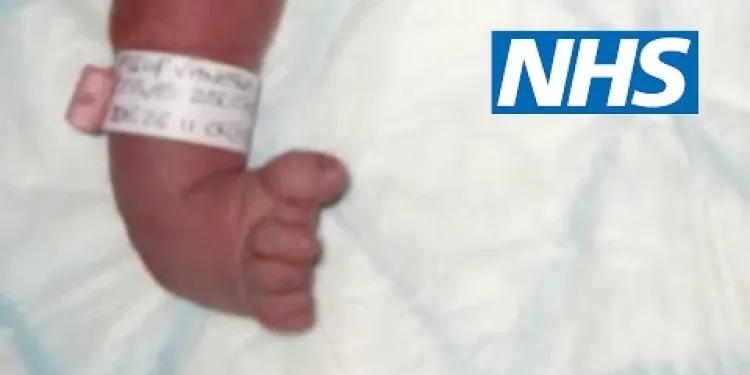
Club foot | NHS
Relevance: 12%
-

Is postnatal depression a long-term condition?
Relevance: 12%
-

How is sickle cell disease diagnosed?
Relevance: 12%
-
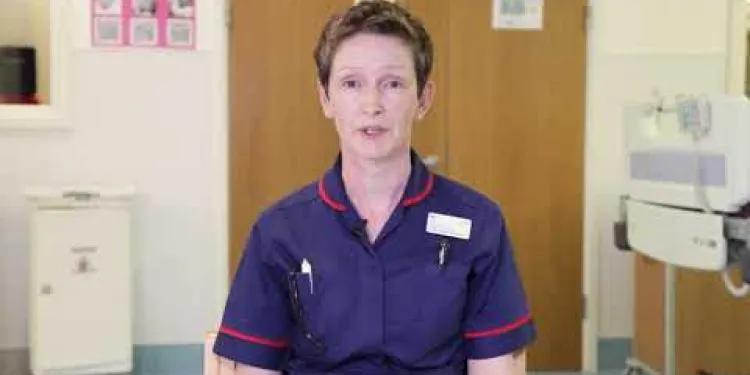
Gestational Diabetes during pregnancy
Relevance: 12%
-
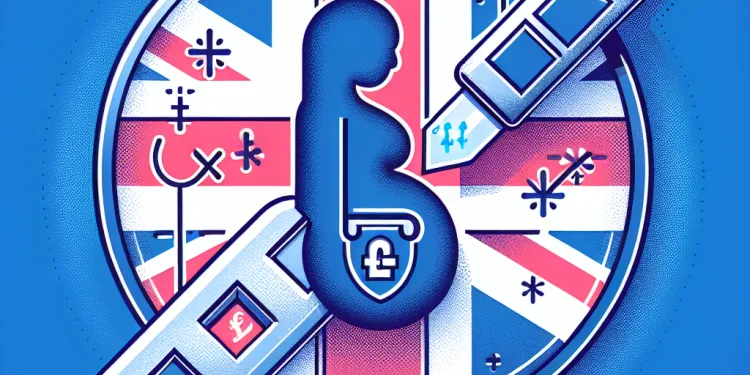
What can cause a false positive pregnancy test?
Relevance: 11%
-

What is the recovery process like after a C-section?
Relevance: 11%
Your Caesarean Birth
Introduction to Caesarean Birth
A Caesarean birth, commonly referred to as a C-section, is a surgical procedure used to deliver a baby through incisions in the mother's abdomen and uterus. In the United Kingdom, approximately one in four births are by Caesarean section, making it a significant aspect of maternity care. This operation might be planned in advance or arise from unexpected complications during labour, ensuring both the mother's and baby's safety.Reasons for Caesarean Birth
There are several reasons why a Caesarean birth might be deemed necessary. Common medical indications include multiple pregnancies (twins or more), a large baby relative to the mother’s pelvis (macrosomia), and previous C-sections. Other reasons might involve the baby being in a breech (bottom-first) or transverse (sideways) position at the time of delivery, placenta previa (when the placenta covers the cervix), or fetal distress, where the baby shows signs of not coping well with labour.The Caesarean Procedure
A planned C-section typically takes about 45 minutes to an hour. It begins with the administration of anaesthesia, usually a spinal block or epidural, which numbs the lower half of the body while allowing the mother to remain awake. A screen is placed to shield the surgical area from view. The surgeon makes an incision, typically along the bikini line, before cutting through the layers of tissue to reach the baby. Once the baby is delivered, the cord is clamped, and the baby is handed to the midwife. The placenta is then removed, and the incisions are closed with stitches or staples.Recovery After a Caesarean Birth
Postoperative recovery from a Caesarean birth in the UK can involve a hospital stay of about 2-4 days, depending on the mother's and baby's condition. Pain relief is provided, and assistance is available for breastfeeding and newborn care. Mothers are advised to avoid heavy lifting and vigorous activity for at least six weeks post-surgery to allow adequate healing. Regular follow-up appointments are also scheduled to monitor recovery.Conclusion
A Caesarean birth, while a major surgery, is a common and often necessary procedure to ensure the safety and health of both mother and baby. Understanding the reasons for a C-section, the procedure itself, and the recovery process helps expectant mothers in the UK to prepare mentally and physically for this type of delivery, ensuring that they are well-informed and supported throughout the experience.Your Caesarean Birth: Understanding the Process
Caesarean birth, also known as C-section, is an important medical procedure that allows for the safe delivery of a baby when a vaginal birth isn't viable. Used in roughly one-third of births within the UK, it's crucial to be informed about what this procedure involves and what to expect during recovery.
What is a Caesarean Section?
A Caesarean section is a surgical procedure in which a baby is delivered through incisions in the mother's abdomen and uterus. This practice is recommended by healthcare professionals when a vaginal delivery could pose risks to the mother or child, such as in cases of fetal distress, breech position, or maternal health issues.
Why Might a Caesarean be Necessary?
There are multiple reasons a Caesarean might be advised. Some situations include labor complications, the baby being in an abnormal position, previous caesareans, or a large baby. Additional factors might include maternal health conditions like heart disease or infections that make vaginal delivery unsafe.
What Happens During the Procedure?
During a C-section, the mother is usually awake, with anaesthesia administered via spinal block or epidural to numb the lower body. A horizontal incision, usually above the pubic bone, is made to access the womb. The entire process, including preparation and delivery, typically takes about 45 minutes to an hour.
Recovery and Aftercare
Recovery from a Caesarean can take longer than from a vaginal delivery due to its surgical nature. Women often stay in hospital for 3 to 5 days. Full recovery can take around six weeks. Rest, wound care, and gentle exercise are important for recovery, alongside pain management as prescribed by healthcare providers.
Caesarean Births in the UK
The National Health Service (NHS) provides comprehensive guidance on Caesarean procedures. While some prefer planned (elective) Caesareans, many are decided during labour when circumstances arise. It's essential for expectant mothers to discuss birth plans with their midwife or doctor well ahead of due dates.
Conclusion
Having a Caesarean can be daunting, but understanding the reasons, processes, and recovery can provide reassurance. In the UK, where quality maternal care is readily available, you can trust in the expertise and support you will receive during your delivery journey.
Your Caesarean Birth
Introduction to Caesarean Birth
A Caesarean birth, or C-section, is an operation to help deliver a baby. The doctor makes a cut in the mother's tummy and womb. In the UK, about 1 in 4 babies are born this way. Sometimes, doctors plan the operation. Other times, they decide during labour to keep mum and baby safe.Reasons for Caesarean Birth
There are several reasons for having a C-section. Some reasons include: if a mum is expecting twins or more, if the baby is big compared to the mum's body, or if she had a C-section before. Other reasons might be: the baby is not head-first, the placenta is in the way, or the baby is not doing well during labour.The Caesarean Procedure
A planned C-section usually takes 45 minutes to an hour. First, the doctors give mum medicine to numb her from the waist down. She stays awake but does not feel pain. A screen is put up so mum does not see the operation. The doctor makes a cut on the bikini line and reaches the baby. After the baby is out, the doctor cuts the cord and hands the baby to a midwife. The doctor then sews up the cut.Recovery After a Caesarean Birth
After a C-section, mums in the UK usually stay in the hospital for about 2 to 4 days. Mum gets medicine for pain and help with feeding and caring for the baby. Mums should avoid heavy lifting and exercise for about 6 weeks to let the body heal. They have check-ups to make sure they are getting better.Conclusion
A Caesarean birth is a big operation but often needed to keep mum and baby healthy. Knowing why a C-section might happen, what it involves, and how to heal afterward helps mums in the UK get ready. This way, they feel informed and supported.Your Caesarean Birth: Understanding the Process
A Caesarean birth, or C-section, is a special way to have a baby. It helps when having a baby naturally isn't safe. In the UK, about one in every three mums has a baby this way. It's good to know about it and what happens afterward.
What is a Caesarean Section?
A C-section is an operation where doctors help the baby come out through the mum's tummy. Doctors suggest this when having a baby naturally might be risky. This might happen if the baby is in a tricky position, or if the mum isn't well.
Why Might a Caesarean be Necessary?
There are many reasons for needing a C-section. It might be needed if the baby isn't in the right position, if there were C-sections before, or if the baby is big. It can also help if the mum has health problems, like heart issues.
What Happens During the Procedure?
During a C-section, the mum is usually awake, but the lower body feels numb from a special medicine. The doctor makes a small cut above the mum's pubic area to get to the baby. The whole process takes about 45 minutes to an hour.
Recovery and Aftercare
Getting better after a C-section can take longer than from having a baby naturally. Mums usually stay in the hospital for 3 to 5 days. It might take about six weeks to feel fully better. Resting, looking after the cut, gentle exercise, and taking medicine for pain can help. It's important to listen to what the doctor says.
Caesarean Births in the UK
The NHS gives lots of information about C-sections. Some mums plan to have a C-section, while others decide during labor. Talking to your doctor or midwife about how you want to have your baby is important.
Conclusion
Having a C-section might seem scary, but knowing why it's done and how to get better can help. In the UK, doctors and nurses are there to help you and your baby stay safe and healthy during this time.
Frequently Asked Questions
What is a Caesarean birth?
A Caesarean section, also known as a C-section, is a surgical procedure used to deliver a baby through incisions in the abdomen and uterus.
Why might a Caesarean birth be necessary?
A Caesarean birth might be necessary if there are complications that prevent a vaginal birth, such as a baby in a breech position, multiple births, labor not progressing, or health concerns for the mother or baby.
Is a C-section a common procedure in the UK?
Yes, C-sections are quite common in the UK and are performed when medically necessary or sometimes by choice.
What are the risks associated with a C-section?
As with any surgery, there are risks such as infection, blood loss, and adverse reactions to anesthesia. There can also be implications for future pregnancies.
How long does it take to recover from a Caesarean birth?
Recovery from a C-section typically takes longer than from a vaginal birth, generally around 6 weeks, but this can vary depending on the individual.
Can I have a natural birth after a Caesarean section?
This is often possible and is known as a VBAC (Vaginal Birth After Caesarean). However, it depends on the type of incision and the reason for the initial C-section, so it's important to discuss this with your healthcare provider.
What is the recovery process like after a C-section?
The recovery process involves wound care, pain management, avoiding heavy lifting, and gradually increasing activity levels. It also includes follow-up appointments with healthcare professionals.
Will I be awake during a C-section?
In most cases, you will be awake during the procedure and receive a spinal or epidural anesthetic, which numbs the lower part of your body while allowing you to stay awake.
Can my partner be present during the C-section?
Yes, in most cases, hospitals allow one birth partner to be present during the procedure.
How should I prepare for a C-section?
Preparation includes discussing the procedure with your healthcare provider, understanding the risks and benefits, and planning for recovery, including support at home after the procedure.
Are there any dietary restrictions before a C-section?
You are usually advised not to eat or drink for several hours before the procedure. Your healthcare team will provide specific guidelines.
How long will I stay in hospital after a C-section?
The typical hospital stay after a C-section is usually around 2 to 4 days, depending on how your recovery progresses.
Can I breastfeed after a Caesarean birth?
Yes, you can breastfeed after a C-section, although it may take some time to find comfortable positions. Support from a lactation consultant can be helpful.
What should I avoid doing during the recovery period?
During recovery, avoid heavy lifting, strenuous activities, and driving until your healthcare provider gives you the go-ahead.
How can I manage pain after a C-section?
Pain can be managed with prescribed painkillers, keeping the wound clean, and resting as much as possible. It's important to follow healthcare providers' advice regarding pain management.
What is a Caesarean birth?
A Caesarean birth is when a baby is born through a cut in the mom's tummy. The doctor makes this cut to help the baby come out safely.
If you want to learn more, you can ask a doctor or nurse. You can also look at pictures or watch simple videos that explain this.
A Caesarean section or C-section is an operation to help a baby to be born. The doctor makes a cut in the mom's belly and in her womb to take the baby out safely.
Why might a C-section birth be needed?
Sometimes, it's safer for the baby or mom to have a C-section. A C-section is an operation to help the baby come out. Doctors might choose this if:
- The baby is not in the right position.
- The mom has had a C-section before.
- The baby is too big to come out the usual way.
- The mom or baby's health is in danger.
If reading is hard, try using tools that read text aloud or ask someone to read with you.
A Caesarean birth, or C-section, is sometimes needed if there are problems with having the baby in the usual way. Some reasons for a C-section are if the baby is not in the right position, there are twins or more babies, the birth is taking too long, or there are health issues for the mom or baby.
If reading is hard, try these tips:
- Use a finger or ruler to follow the words.
- Ask someone to read with you.
- Take breaks if you feel tired.
Do many people have C-sections in the UK?
Yes, doctors in the UK often do C-sections. They do them if needed for health reasons or sometimes because a person chooses to have one.
Helpful tools or tips:
- Ask your doctor questions if you don't understand.
- Use pictures to help explain things.
- Take someone with you to help remember what the doctor says.
What could go wrong with a C-section?
When you have surgery, there can be some problems. You might get an infection or lose blood. The medicine that makes you sleep during surgery, called anesthesia, can also cause problems. Surgery can also affect having babies in the future.
How long does your body take to heal after a C-section?
Your body will need time to get better after a C-section, which is a special surgery to help your baby come out.
Most people feel better in about 6 weeks. But everyone is different, and some people need a little more time.
Your doctor or nurse can help you know what to do to feel better faster. You can also ask a family member or friend to help you around the house.
If you find reading hard, you can use tools like audiobooks or ask someone to read to you. Take your time, and don't rush.
Getting better after having a C-section usually takes about 6 weeks. This can be different for each person.
Can I have a natural birth after a Caesarean section?
Yes, you can have a natural birth after a Caesarean. This is called VBAC (Vaginal Birth After Caesarean). Here are some things to think about:
- Talk to your doctor or midwife. They can tell you if it is safe for you.
- Each person is different. What worked for one person might not work for you.
- Try to stay healthy during pregnancy. Eat good food and stay active.
- Learn about VBAC. You can read books or watch videos.
If you need help reading, ask someone you trust to read with you. You can also use audiobooks or text-to-speech apps that read text aloud for you.
You might be able to have a natural birth after a C-section. This is called VBAC, which means Vaginal Birth After Caesarean. But it depends on how the first surgery was done and why you needed it. It's important to talk to your doctor about it.
Here are some things that might help:
- Talk to your doctor: They can give you advice and tell you what is safe for you.
- Learn more: You can find books or websites that explain more about VBAC.
- Join a support group: Meeting other mums who have had VBAC can be helpful.
What happens after a C-section?
After a C-section, your body needs time to heal. It may feel sore, like a big bruise. You can ask people to help you with things like lifting your baby.
Doctors will give you medicine to help you feel better. Always tell them if you feel too much pain.
Try to rest as much as you can. You can use pillows to get comfy. Walking around a little every day can also help you get better.
People around you can help make meals or take care of small tasks at home.
If you have questions or worries, talk to your doctor. They are there to help you feel better.
Getting better after an operation means taking good care of any cuts or wounds. You need to manage pain so it doesn't hurt too much. Don't lift heavy things for a while because that can hurt you. Start doing a little bit more every day, like walking. You also need to see your doctor again to make sure you are healing well.
Will I be awake during a C-section?
A C-section is an operation to help a baby come out. You can usually stay awake during this. A doctor gives you medicine so you don’t feel pain. You might feel some pulling or tugging. It is safe and doctors take good care of you. If you have questions, tell your doctor. They can help you understand what will happen.
Usually, you will be awake when the doctor does the procedure. The doctor gives you medicine called a spinal or epidural anesthetic. This medicine makes the lower part of your body numb so you won't feel anything. But you stay awake.
Can my partner be with me during the C-section?
Yes, your partner can usually be with you during the C-section. A C-section is a special operation to help the baby come out.
Your partner should talk to the doctor or nurse about being there. They can help support you and hold your hand.
Sometimes, the doctor might say your partner can't be there if it's a special situation.
Yes, most hospitals let one person be with you when you have your baby.
How can I get ready for a C-section?
A C-section is a way to have a baby through surgery. Here are some tips to get ready:
- Talk to your doctor about what will happen.
- Make a list of questions to ask your doctor.
- Pack a bag with clothes and things you will need in the hospital.
- Ask a family member or friend to help you after the surgery.
- Plan who will take care of other children or pets while you are in the hospital.
- Try to stay relaxed and calm.
If reading is hard, try using audiobooks or ask someone to read with you.
To get ready, talk with your doctor about what will happen. Learn about the good and bad things that might happen. Plan for after the procedure, like having someone to help you at home.
Do I need to eat or drink in a special way before my C-section?
Before your C-section, you might have special rules about eating and drinking. Here’s what you can do:
- Ask your doctor or nurse what you should eat or drink.
- They might tell you not to eat or drink for a few hours before the operation.
If you feel worried or unsure, use a picture schedule or ask someone to help you remember what to do.
Your doctor will tell you not to eat or drink a few hours before. They will give you clear instructions.
How long will I stay in the hospital after a C-section?
You will stay in the hospital for a few days after having a C-section.
A C-section is when doctors help a baby come out through the mom's tummy.
Most moms stay in the hospital for about 3 to 4 days.
The doctors and nurses will check to make sure you and your baby are okay.
You can ask questions if you feel worried.
Some helpful things to use are:
- A nurse call button if you need help.
- Bring a special toy or book to feel comfy.
The doctors will tell you when it's safe to go home.
After you have a C-section, you might stay in the hospital for 2 to 4 days. It depends on how well you are getting better.
Can I breastfeed after a C-section?
Yes, you can breastfeed after a C-section. Here are some tips to help you:
- Ask for support from nurses and lactation consultants.
- Use a comfortable position like lying on your side.
- Try special breastfeeding pillows for support.
- Keep your baby close to you to help with bonding.
- Be patient and give yourself time to heal.
It's okay to ask for help if you find it hard. You and your baby are learning together.
Yes, you can breastfeed after having a C-section. It might take some time to find a comfortable way to hold your baby. A lactation consultant can help you.
What should I not do while I get better?
Here is a list of things to avoid to help you heal:
- Do not lift heavy things.
- Try not to do any hard exercises.
- Avoid bending or twisting your body a lot.
- Do not skip taking any medicine your doctor gave you.
- Rest a lot and do not rush to do too much too soon.
To help understand, you might:
- Ask a friend or family to go through the list with you.
- Use stickers to remember important rules.
- Speak to your doctor or nurse if you are unsure.
When you are getting better, do not lift heavy things. Do not do hard exercises or drive a car. Wait until your doctor says it is okay.
How can I feel better after my C-section?
Having a C-section can make your tummy hurt. Here’s how to feel better:
- Rest: Try to sleep and take it easy. Ask for help with chores.
- Medicine: Take the pain pills your doctor gave you.
- Hot Pad: Use a warm pad on your tummy to help with the pain.
- Pillow Support: Hold a pillow when you sneeze or cough. This keeps your tummy safe.
- Move Gently: Walk slowly when you feel ready. It helps you get better.
Ask someone you trust to help you. Always talk to your doctor if you have questions.
You can make pain better by taking medicine from the doctor, keeping the hurt area clean, and resting a lot. Listen to what your doctor or nurse says about how to handle the pain.
Useful Links
- Ergsy carfully checks the information in the videos we provide here.
- Videos shown by Youtube after a video has completed, have NOT been reviewed by ERGSY.
- To view, click the arrow in centre of video.
- Most of the videos you find here will have subtitles and/or closed captions available.
- You may need to turn these on, and choose your preferred language.
- Go to the video you'd like to watch.
- If closed captions (CC) are available, settings will be visible on the bottom right of the video player.
- To turn on Captions, click settings .
- To turn off Captions, click settings again.
More Items From Ergsy search
-

What is a Caesarean birth?
Relevance: 100%
-

Your Caesarean birth
Relevance: 99%
-

Why might a Caesarean birth be necessary?
Relevance: 87%
-

Pre operative Information for Planned Caesarean Birth
Relevance: 86%
-

Can I have a natural birth after a Caesarean section?
Relevance: 77%
-

Can I breastfeed after a Caesarean birth?
Relevance: 76%
-

Planned caesarean section
Relevance: 66%
-

Having a planned caesarean section
Relevance: 66%
-

Having a Caesarean Section
Relevance: 64%
-

Spinal Anaesthesia for Caesarean Section
Relevance: 58%
-

How long does it take to recover from a Caesarean birth?
Relevance: 58%
-

Can my partner be with me during the Caesarean section?
Relevance: 57%
-

Is spinal anaesthesia safe for a Caesarean section?
Relevance: 52%
-

Can I breastfeed immediately after a Caesarean section under spinal anaesthesia?
Relevance: 43%
-

Anaesthetic procedure for elective caesarean section (C section)
Relevance: 39%
-

Is a C-section a common procedure in the UK?
Relevance: 21%
-

HIV and pregnancy | NHS
Relevance: 20%
-

What are the alternatives to spinal anaesthesia for a Caesarean section?
Relevance: 20%
-

Can my partner be present during the C-section?
Relevance: 18%
-

Will I be awake during a C-section?
Relevance: 18%
-

What causes postnatal depression?
Relevance: 17%
-

What are the risks associated with a C-section?
Relevance: 17%
-

Having an epidural in labour at St Michael's Hospital
Relevance: 16%
-

Epidural for labour at North Bristol NHS Trust
Relevance: 15%
-

What is the Sure Start Grant in the UK?
Relevance: 15%
-

Can Zika virus affect pregnancy?
Relevance: 15%
-

What is the Sure Start Grant?
Relevance: 15%
-

How much is the Sure Start Maternity Grant?
Relevance: 14%
-

Having a child with Edwards' syndrome (trisomy 18) | NHS
Relevance: 13%
-

How should I prepare for a C-section?
Relevance: 13%
-

Irregular periods - BSL
Relevance: 13%
-

How much is the Sure Start Maternity Grant?
Relevance: 12%
-

Are there risks associated with IVF?
Relevance: 12%
-

What can cause autism, if not paracetamol?
Relevance: 12%
-

Club foot | NHS
Relevance: 12%
-

Is postnatal depression a long-term condition?
Relevance: 12%
-

How is sickle cell disease diagnosed?
Relevance: 12%
-

Gestational Diabetes during pregnancy
Relevance: 12%
-

What can cause a false positive pregnancy test?
Relevance: 11%
-

What is the recovery process like after a C-section?
Relevance: 11%


